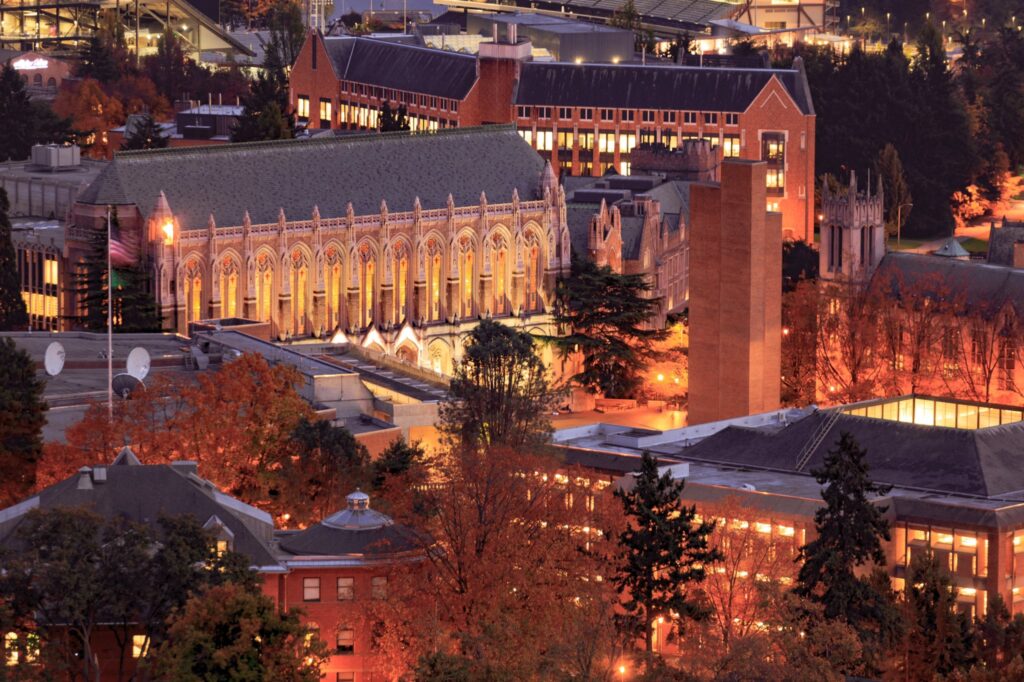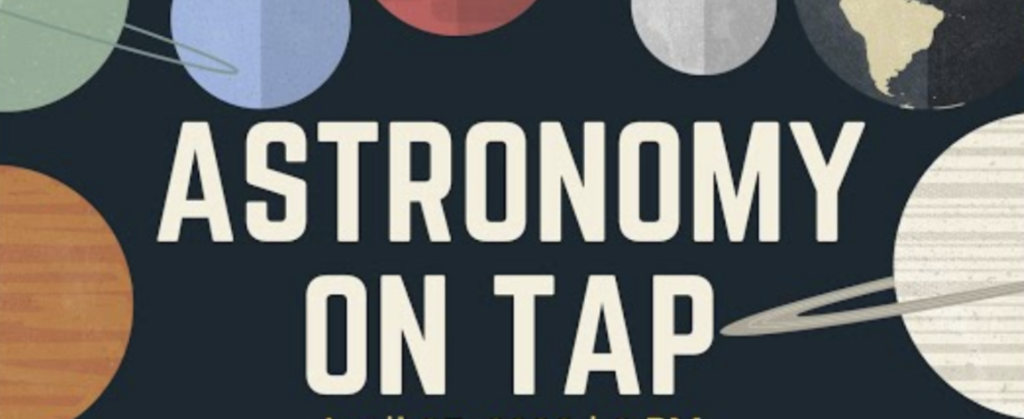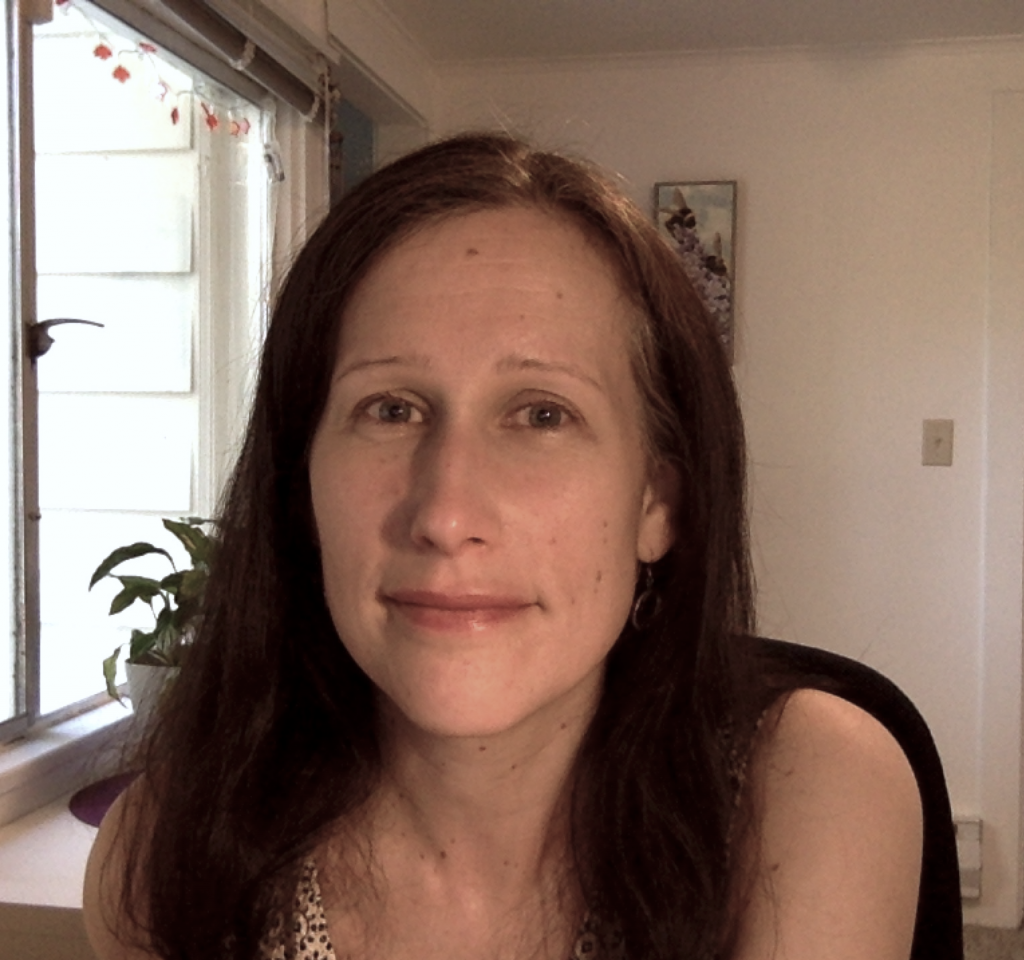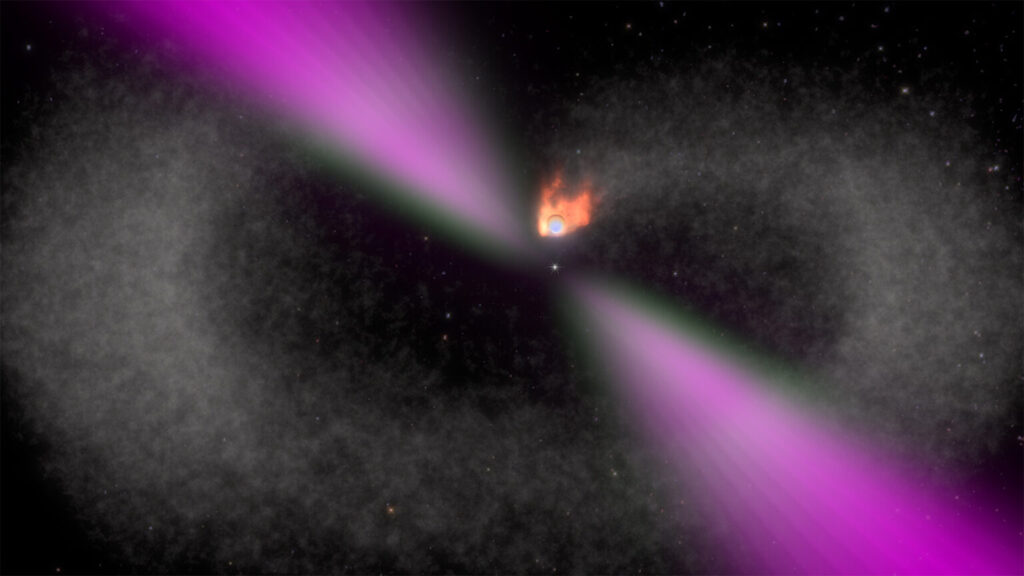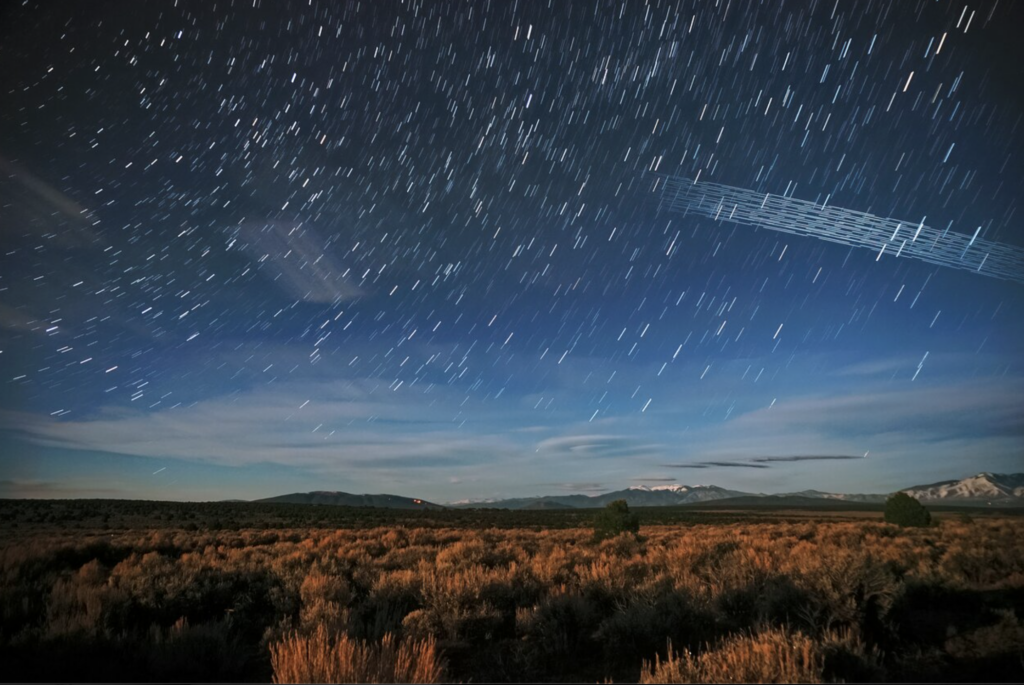
Welcome to the DiRAC Institute Spring newsletter!
As we’re nearing the close of this academic year, I’m excited to share with you some of the work, discoveries, teaching and mentoring initiatives started at DiRAC over the past months.
Today, the New York Times features the discovery of 104 asteroids by the Asteroid Institute, using the THOR algorithm running on the Asteroid Discovery Analysis and Mapping (ADAM) cloud-based astrodynamics platform! This groundbreaking computational technique running ADAM not only allows us to discover and track asteroids in historical data sets, but will change the way we do asteroid discovery in the future.
We would like to announce the DiRAC Research Prize for Undergraduate Research, a new paid summer research opportunity for UW undergraduates. This program will enable UW students to spend a quarter with DiRAC researchers working on data-intensive problems across all areas of astrophysics. Such hands-on experiences offer opportunities to further develop research skills and understand how research works in practice from idea to an academic poster or paper. This Prize was made possible by generous funding received from DiRAC Husky Giving Day 2022 supporters and the DiRAC Advisory Board.
Beyond the Prize, we are also happy to be supporting the return to in-person of “Astronomy on Tap” — a UW graduate-student driven outreach program — and share a few research highlights from the multitude of amazing research at the Institute: from discovering rare “black widow” binary star, protecting the view of the heavens from satellite constellations, to supernova siblings discovered in the ZTF survey.
These are just some of the many accomplishments our researchers made in a year still marked by the lingering impacts of the pandemic. I am extremely proud by how all of us — our staff, our undergraduate and graduate students, postdocs, researchers, engineers and faculty — who continue to be supportive and caring for each other, while expanding the boundaries of science.
Thank you,
Mario Jurić
Director, DiRAC Institute
Professor, Department of Astronomy
